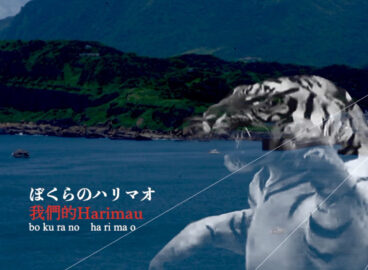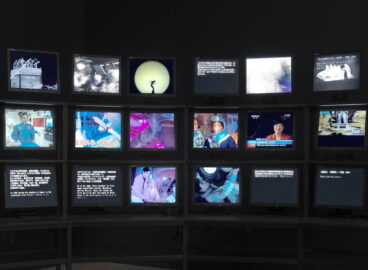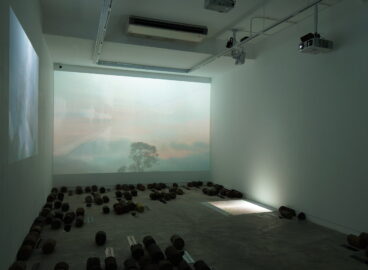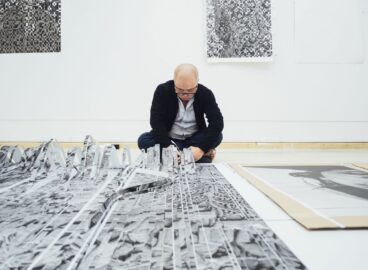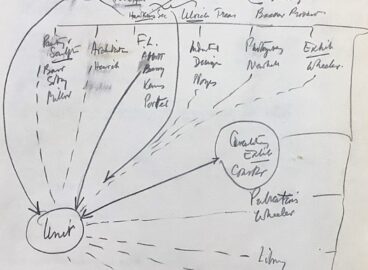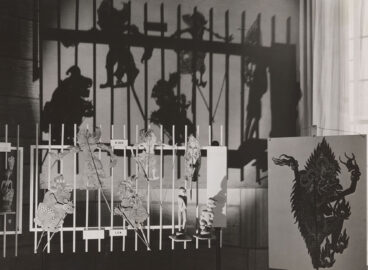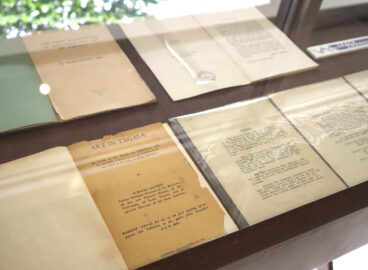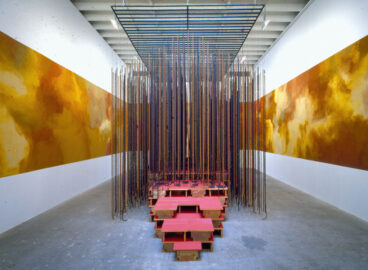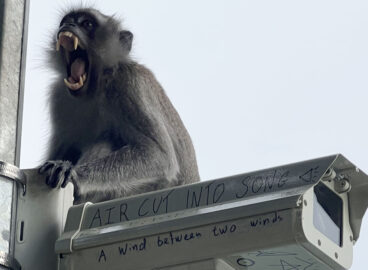Somehow Materials Find Form: Pratchaya Phinthong and Carlos Quijon, Jr. in Conversation
Across Pratchaya Phinthong’s more than two-decade practice, an idiom of materiality and form has emerged that aligns his artistic trajectory along a conceptualist vein. Phinthong discusses his relationship toward this categorization and shares how he approaches his artistic practice against and alongside conceptualist gestures and methods. This edited transcript comes out of two interviews conducted with the artist over video call in June 2024.

